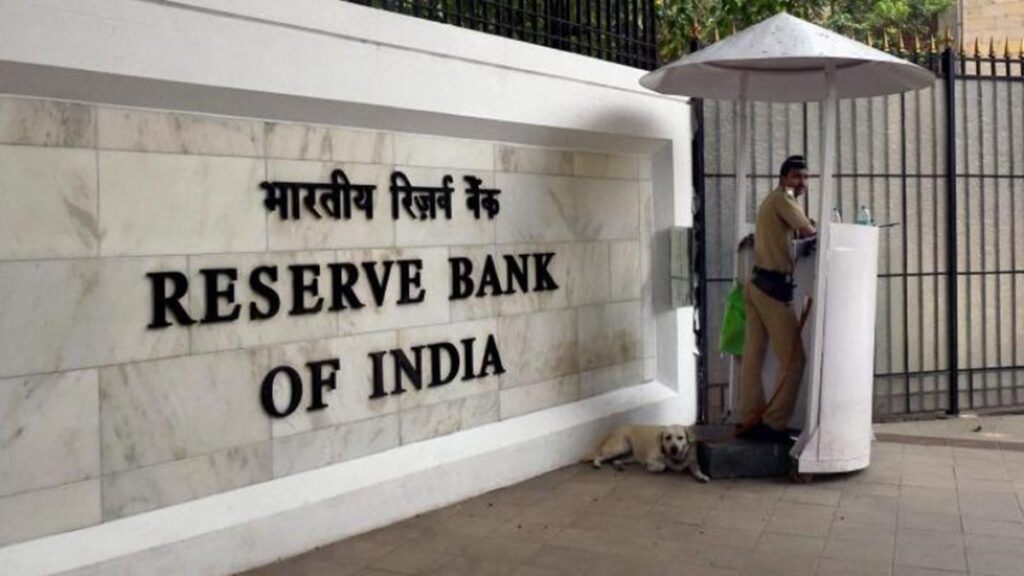MUMBAI: While core inflation has inched up in recent months and came in at 18-month high of 4.21% in April, an article in the Reserve Bank of India bulletin highlighted that highly elevated gold prices is the reason behind the trend.
This boosts chances of back-to-back cut in the policy repo rate in the June and August reviews of the monetary policy. Also, the inflation outlook of 4% for FY26 could be lowered further.
Core inflation (CPI excluding food and fuel inflation) movements continued to be disproportionately impacted by the highly elevated gold prices. Excluding its impact, underlying inflation pressures too remained muted,” an article on the state of the economy said. The views expressed in the article aren’t necessarily that of the RBI.
The sequential downturn in headline Consumer Price Index inflation that started in November 2024 continued into April 2025, for the sixth consecutive month, the article noted.
The year-on-year rise in the CPI plunged to a 69-month low of 3.16% in April. For the third month in succession, the headline print came in below 4%, the RBI target under the flexible inflation-targetting framework.
The article, however, also noted that globally, the progress on the last mile of disinflation seems to have stalled. While headline inflation in advanced economies (AEs) has moved closer to targets, core inflation has been slower to fall, particularly on account of persistent services inflation. Inflation in emerging market economies (EMEs) displayed a mixed but generally easing trend,” it said.
While India’s benign retail inflation is primarily driven by a sharp fall in food prices, a bumper rabi harvest and higher acreage for summer crops also augur well for agriculture sector. This allays any concerns about supply side problems in the food segment over the next few months.
Global commodity markets are beginning to enter a new phase. Multiple risks – arising from trade and geo-politics, fall in demand and weather-related supply shocks – could potentially trigger in a period of significant volatility in commodity prices. Energy and industrial metal prices have been trending lower, with crude oil prices forecasted to decline during 2025 and 2026. With looming uncertainty about aggregate demand conditions and in the absence of supply shocks, global commodity prices could fall to levels not seen since 2020, it added.
Another article, however, said that while India is the major producer of vegetables in the world, most of the production comes from small and marginal farmers with very little or no safeguard against weather disturbances. “Therefore, weather anomalies can potentially cause disturbances to short-term supply of vegetables and induce large price fluctuations, which can drive volatility in food inflation.”
The article concluded: “The empirical results suggest that weather anomalies carry statistical significance, and disturbances in both rainfall and temperatures increase pressures to vegetable prices in India. Moreover, the increasing significance of temperature shocks and their more immediate impact on vegetable prices calls for increased attention towards faster adoption of temperature-resistant crop varieties, which can be supported by policy interventions like National Mission on High Yielding Seeds announced in the Union Budget 2025-26.”
Source: The Financial Express




 India-Oman FTA Close; Wider Jobs Window For India Likely
India-Oman FTA Close; Wider Jobs Window For India Likely 